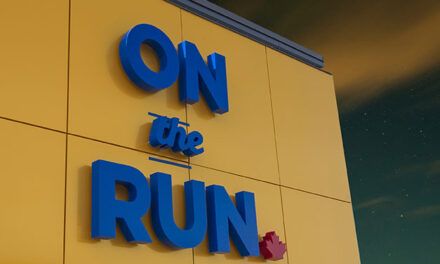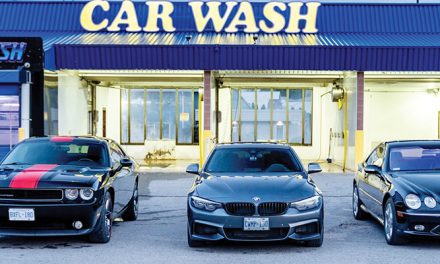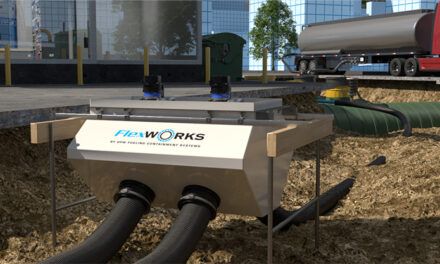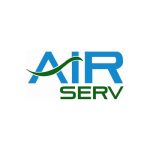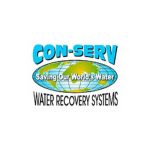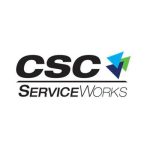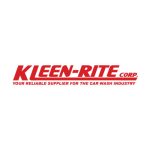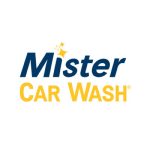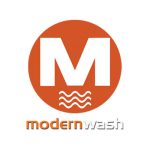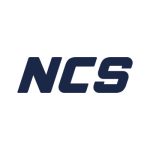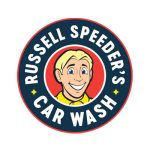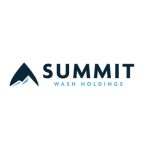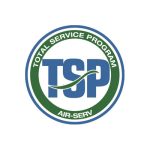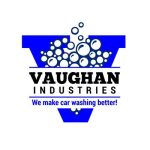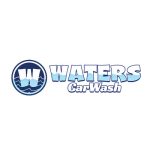
Creating a Great Carwash Site
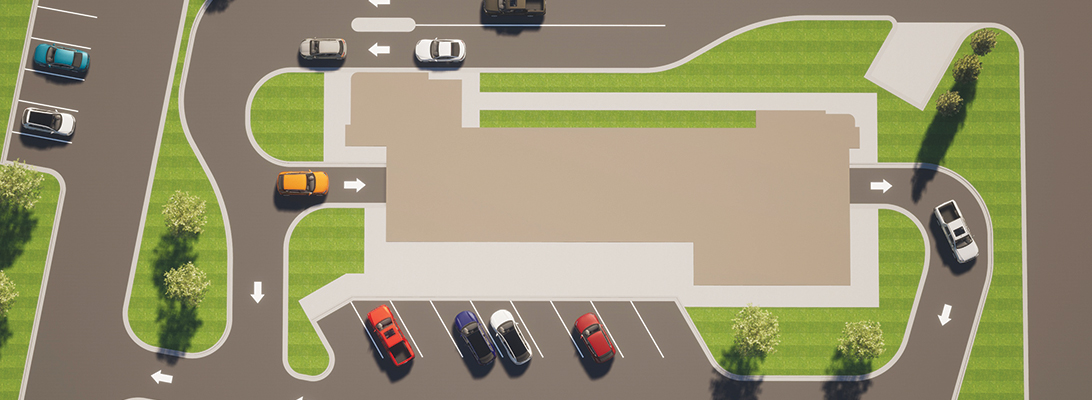
By Timothy Hogue
There are endless decisions to be made when creating your carwash, from the type and style of equipment to the services you will offer and the type of building that will provide dual duties in housing your equipment and relaying your brand to the public. As important as each of these is, there is a decision of paramount importance that will affect the daily operations and performance of your carwash business each and every day. The process includes not only selecting your site location but also how the site is configured to provide the most efficiency in the course of business.
This is known as your site layout, and it can very well determine the success or failure of any carwash location. Even the best site location can be hampered by a poor site layout, making it less effective. You must think of your carwash site as a pump that flows without obstruction so that the volume will be the most it can be. This path must be designed to bring the client in off the street with clarity and speed and continue moving the client through the various stages of the sale from the entry point to the pay point to the tunnel services.
Just as important as the entrance is the exit from off the site, which must be efficient as well. Your aim is to move clients quickly and efficiently from entrance to exit. It is your job as the owner to attract the client to your property with easy access and move them along to the exit with speed and efficiency, and in that formula of entering and exiting your property, you secure a profitable transaction. This may sound simple but many carwashes are built with the site layout as an afterthought and thereby never achieve the ultimate success possible.
Keep in mind that you will employ a civil engineer in the process of providing documents for permitting. This civil engineer will do a layout based only on what the locality will require per code. Most civil engineers will only do one or two carwashes during their professional work. It is best to have an expert in the carwash field provide a base layout that the civil engineer can then take and place into the code-required documents. The modern retailer strengthens their professional position and establishes their expert status by employing and applying a modern, clean, detailed design aesthetic to the retailer’s building, operations and site layout.
The modern car wash operator would benefit by mimicking the site design criteria of larger retail chain operations. These larger retailers have employed expensive firms to research and learn their clients’ characteristics to determine the best practices for their site layouts. Utilizing some of these characteristics can greatly improve the unified design of their locations thereby increasing sales and client loyalty.
In the competitive landscape of carwash businesses, site design plays a pivotal role in creating a seamless and efficient experience for customers. For an express carwash location, the ability to facilitate easy entrance and exit not only ensures customer satisfaction but also contributes significantly to the overall success of the business.
Achieving excellence in site design requires meticulous attention to various aspects, from traffic flow to aesthetics. Here are key considerations and strategies for creating an outstanding site design focused on optimizing entrance and exit points.

Strategic Location and Accessibility: The foundation of an excellent carwash site design lies in its location and accessibility. Selecting a site that is easily accessible and visible from main roads, with ample space for entrance and exit lanes, is fundamental. Proximity to high-traffic areas and clear visibility can attract potential customers and simplify their access to the carwash. The building design in terms of height is extremely useful in helping your visible perception from the road. Towers, extensions, as well as roof surround elements should be considered.
As previously stated, think of your site as a giant pump that will bring clients onto your property and move them through the various stages of a profitable transaction. Prioritize the layout to ensure a smooth traffic flow from when customers enter the premises until they exit.
Remember, your marketing starts at the road, your client’s first experience upon entering. Clear signage, designated lanes, and ample space for maneuvering vehicles implements a one-way traffic system that prevents congestion and minimizes the risk of accidents. Think again of large retailers and how they use unified design, colors, signage, etc., as each plays an important role. By utilizing a smart unified design, all site elements are considered. This includes the entrance into the carwash site as the entrance should be a smooth transition from the highway to the site. It should have well-designated sweeping curbs and corresponding eye-level entrance signage that “channels” the client into the main entrance, leaving no obscure interpretation by the client. Several operators overlook curbing as it does add cost. However, the use of curbing establishes and reinforces the flow to the site.
The site needs to “auto-navigate” the client as much as possible. Also, utilizing visible, clear, simple, color-coordinated signage helps to keep traffic flowing once on site. This signage can be in posted signs and employing adhesive or painted directional arrows on the pavement. These all need to correspond and be uniform to prevent misinterpretation. Our research has shown that even adding an “ENTER” sign prior to the pay station area helps to alleviate potential slowdowns. The site signage should have a modern, clean font that is easily readable while navigating the site. The turning radius should be generous, with mainly left-hand turns to make the client more comfortable when negotiating the carwash entrance. All these items and elements help the client to feel more comfortable, giving them no reason not to enter the facility.
Well-Defined Entrance Structure: The entrance to an express carwash location should be visually striking and easily identifiable. Incorporate eye-catching signage, well-lit structures, and themed landscaping elements that guide customers toward the entrance. Implement a design that minimizes confusion and encourages a natural flow of incoming vehicles. Hardscaping is an excellent benefit to help direct the flow of the client and elevated hardscape also can be a good background for raised site line signage.
Streamlined Payment and Check-in Process: Efficient entrance design involves optimizing the payment and check-in process. Utilize technology such as RFID tags or mobile payment systems for seamless transactions. Designate clearly marked areas for customers to check in and receive any necessary instructions before entering the wash lanes. This is a critical area for the sales process and it should be carefully considered.
Enhanced Exit Services Experience: As crucial as the entrance, the exit area should be designed for convenience and safety. Provide ample space for vehicles to exit without hindrance. Install clear signage and indicators at the exit end of the tunnel guiding customers towards the exit while ensuring a smooth transition back onto the main road.
Operators must view their location and its ease of usability from their customer’s point of view. Too many times we have seen the operator settle for decreased vacuum parking space dimensions in order to squeeze a few more vacuums spaces onto the site. This can be a mistake as the customers discomfort level of use of these decreased spaces can be cumulative over time causing a possible reason not to use the facility. Operators should never discount their clients’ concerns regarding their comfort and ease of use on their sites.
Safety Measures and Customer Convenience: Safety should be paramount in the site design. Implement safety features like speed bumps, adequate lighting, and clear directional markers to ensure a secure environment for both customers and employees. Additionally, offer conveniences such as trash receptacles, vacuum stations, and amenities that enhance the overall customer experience.
Aesthetics and Branding: Create an inviting ambiance through thoughtful landscaping, appealing architecture, and cohesive branding elements. Think again of the big box retailer and how they use these elements with color and shapes to provide a unified design no matter which location the customer shops. These elements are all reproducible at different locations, allowing you to capture your client no matter where their shopping market is. Consistent branding throughout the site, including signage, color schemes, and logo placement, can enhance brand recognition and customer loyalty.
Adaptability and Future-Proofing: A well-designed carwash site should also consider future expansions or technological advancements. Ensure scalability and adaptability in the design to accommodate potential growth or the integration of new technologies that enhance efficiency and customer satisfaction.
In conclusion, the design of an express carwash site plays a pivotal role in shaping the customer experience. Carwash owners can create an environment that attracts and retains customers by optimizing entrance and exit points, prioritizing traffic flow, ensuring safety, and enhancing aesthetics. A meticulously designed site not only improves operational efficiency but also contributes to the overall success and reputation of the business in the competitive carwash industry.
Timothy Hogue is the president and senior designer of Modernwash Buildings and Solutions, Inc. Modernwash designs and creates multiple prefabricated structures for the carwash and retail Industry. They utilize a modern HSS frame system that features a proprietary hidden fastening system






